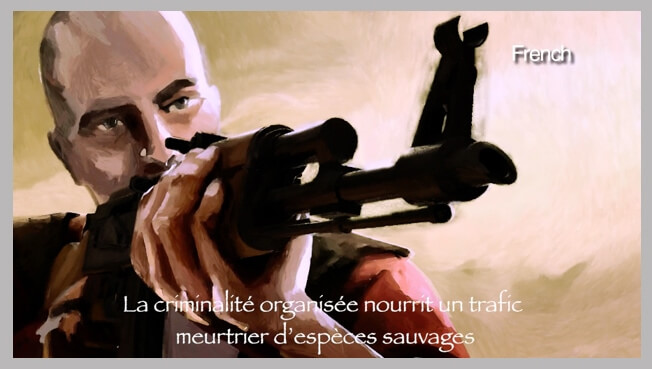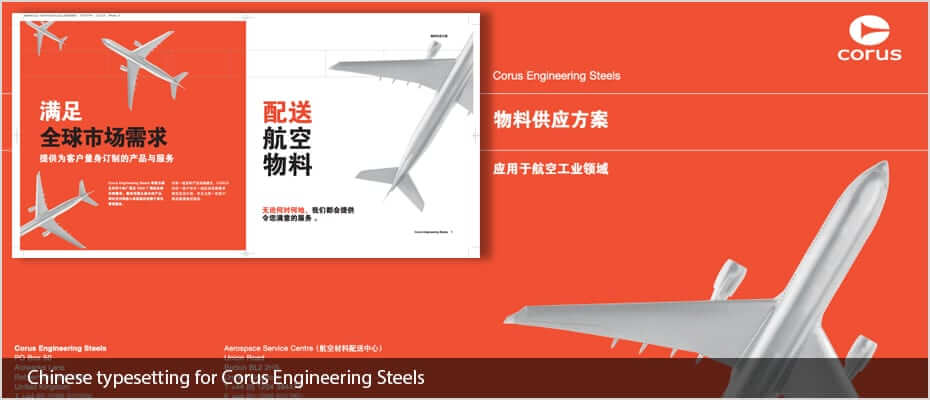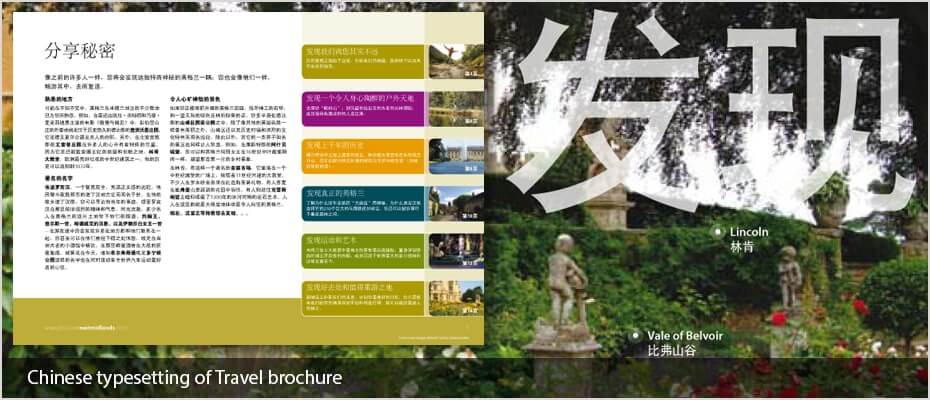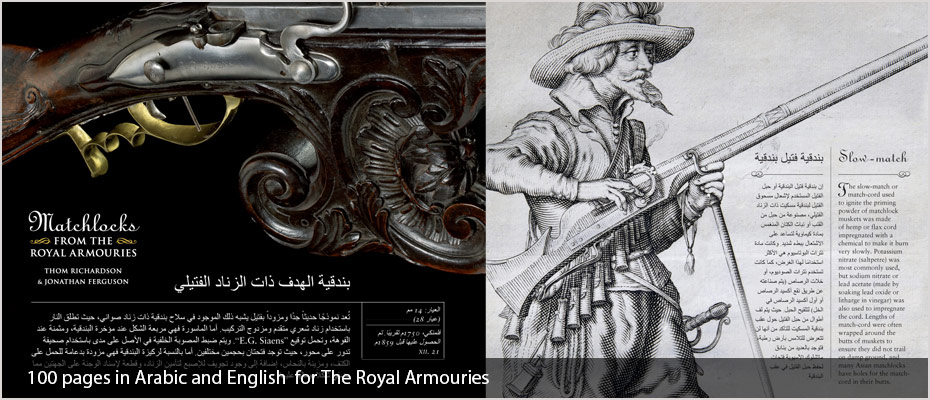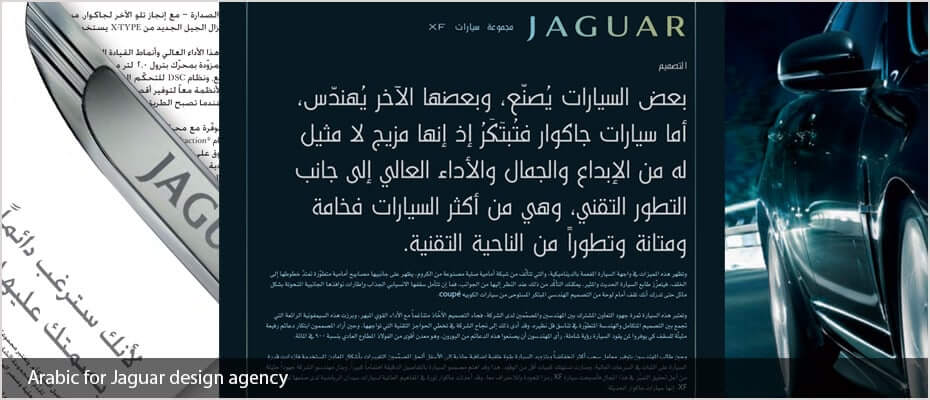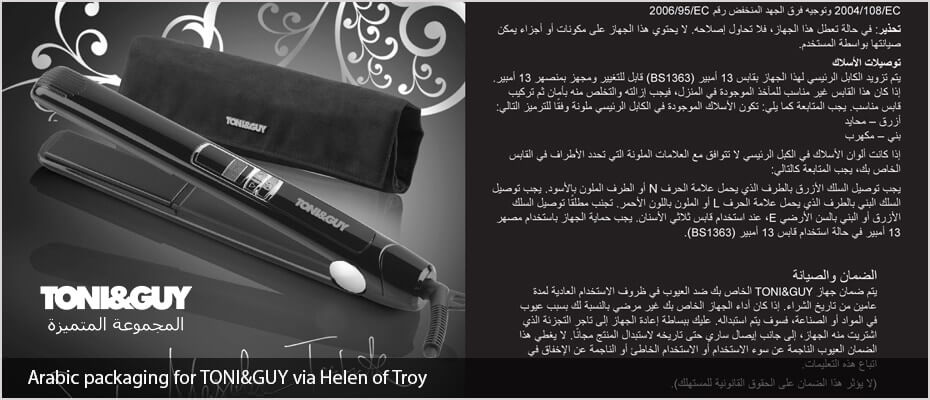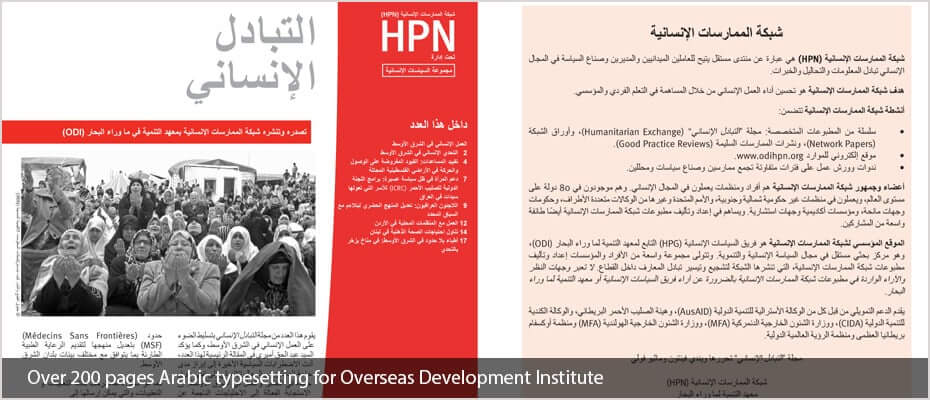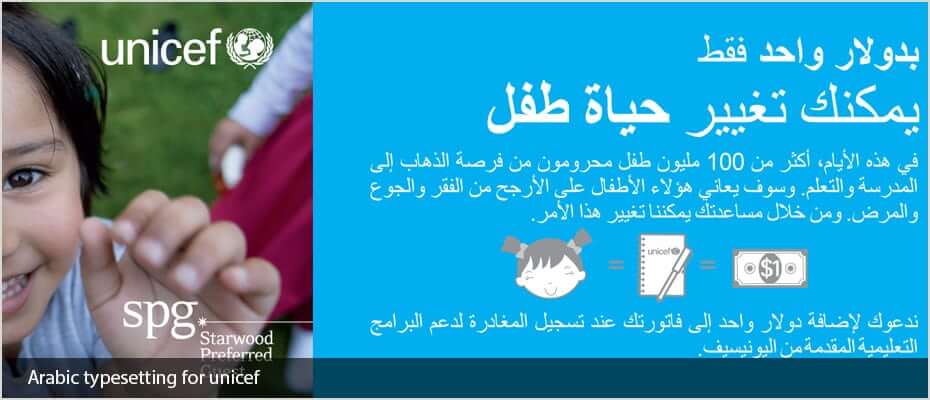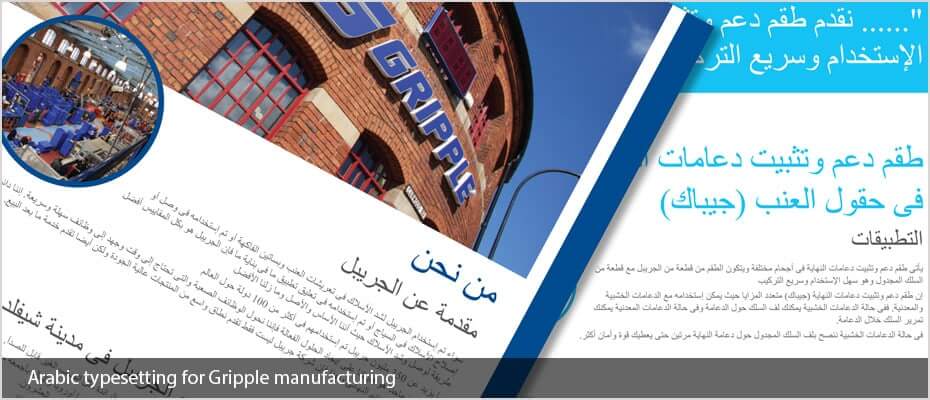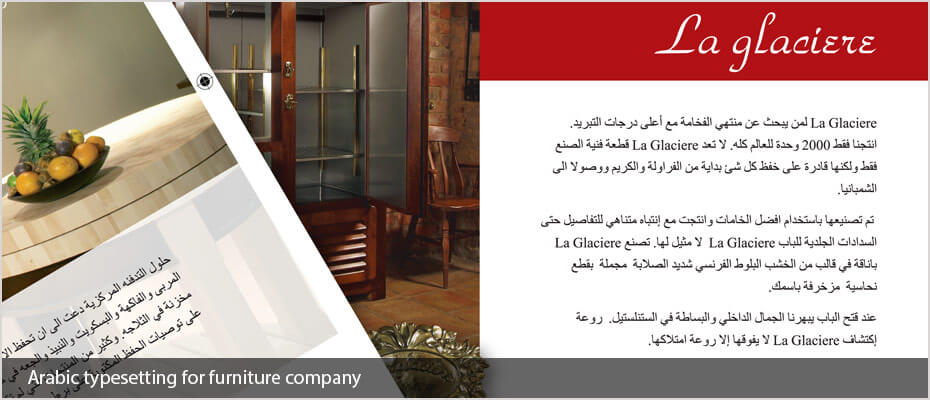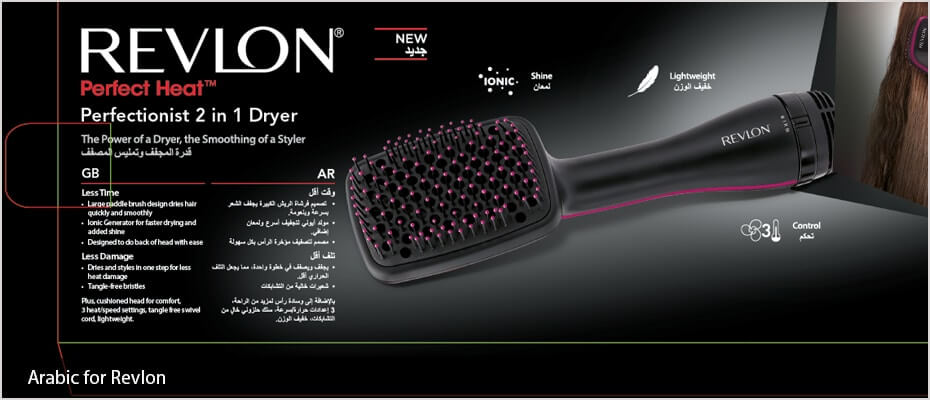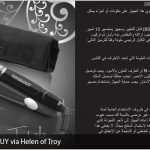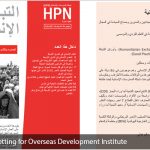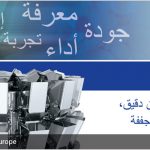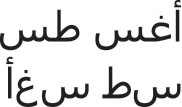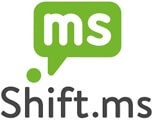Game of Thrones ‘Hold The Door’: A Translators Nightmare
‘Hold the door’ became Hodor, and ‘Tenir la porte’ became… Hodor?
Fans of the popular TV show ‘Game of Thrones’ will never forget the beloved simpleton, who carried Bran on his back like a human chariot, and will most likely still cry whenever someone so much as whispers a request for them to ‘hold the door.’
Hodor was a much-loved character on the show, whether it was because of the fact that all he could say was his name, or because he was the only character incapable of evil thoughts, but like most things on Game of Thrones, if you love it… It will most likely get killed off in the most gruesome of ways possible.
Translating ‘Hold the door!’
But one issue arose when the story behind Hodor’s name was revealed, and translators all over the world collectively cried, and not just at the death of another much-loved character.
In English, it is easy to see how the phrase ‘hold the door’ eventually becomes ‘Hodor’, as the words are easily melded together, however in other languages, this is not necessarily the case. As can be seen above, a direct French translation of the phrase is ‘tenir la porte’, which you couldn’t feasibly meld together to make ‘Hodor’ no matter how hard you tried.
So how do you get around issues such as this? After all, language is complex and translating languages, even more so. There is grammar to consider, and some languages do not even have words for certain things!
Below is a list of how certain languages tackled the translations.
French – “Qu’ils n’aillent pas au-dehours!” (Don’t let them get outside!)
Italian – “Blocca l’orda!” (Block the horde!)
German – “Halte das Tor!” (Hold the gate!)
Spanish – “Obstruye el corredor!” (Black the passage!)
Polish – “Zahamuj dwych, ile mozesz!” (Hold the dead as long as you can!)
Translating is a most difficult job, which is why it’s important to not only know the language well but to also be effectively creative when issues such as this arise. Certain terms will not always have a direct translation, and sometimes when it does, it may have lost some, or even most of it’s meaning.
Adelphi’s Translators
Remember, when looking for a translation, it’s always better to find a qualified translator. Adelphi’s translators always translate into their native language to ensure the highest quality and most accurate possible translations.
Does your project have an issue regarding translation similar to that of the above? Our translators are more than qualified to find the best solution.
Written by – Hannah Sun
Video translation and subtitling service
Video translations and subtitle localization company offering transcriptions, SRT and STL subtitle translations, on-screen text and graphics localization
Our video translation and subtitling service include the transcription and translation of the audio, on-screen text and any other support materials that go with the video, while also ensuring the subtitles are culturally appropriate.
Adelphi Studio is the multimedia division of Adelphi Translations Ltd., a full-service translation agency and we have translated and subtitled films and videos in over 80 languages from Arabic to Welsh. We are committed to offering a comprehensive and flexible service to suit your requirements and budget. We have a history of producing high-quality subtitling, voice-overs, and typeset print materials, meaning we can handle all of your projects’ multimedia requirements in-house. We also offer Articulate Storyline localization for your e-learning projects.
So if you are looking for a Video translation company that can handle the whole process from start to finish, delivering your project on time whilst offering advice on fonts and styles for your subtitles, then Adelphi Studio is the company for you.
Subtitle styles
There are various ways of producing subtitles to display on your video. We can advise you on the best option for yourselves and even produces samples for you to choose from. We can also advise on the best fonts to use too.
Click here to see some samples of subtitle styles
On-Screen Text Localization
As well as producing the subtitles we can also localize any on-screen text into any language. Depending on the complexity and how the original text was produced we may require the data package it was made in.
Transcription Services
We also offer a transcription service for those customers lacking a transcript of their videos. We provide time-coded scripts of your videos that are ready to be translated. We will then use those translations for the subtitle text, sending you the files at each stage of the process for you to review and assess.
Your projects will be supported by a team of experienced and meticulous project managers, we are also happy to work with any translations you provide. Our experience in our field means we can advise you on technical issues like font selection for more challenging languages.
Adelphi has offices in the United Kingdom (UK) and the United States of America (USA). For all UK and International inquiries please contact our UK office tel: +44 (0)114 272 3772 or email: sales@adelphistudio.com. For US, Canada, and South America inquiries please contact our office in California tel: 916 414 8714 or email: us@adelphistudio.com
Bengali Voice Artist on Adelphi Studio
Bengali voice artist Avik
“Avik is a Professional Bengali voice talent based in India. He has lent his voice for National Geographic, Channel Bengali, Fox Life Bengali, Discovery Bengali.”
Avik is interested in developing his career in the field of media, having done a Six month UGC approved Radio Production course at Jadavpu University, he is now currently working as a radio presenter.
His venture into lending his voice for voice-over opportunities has seen him working with companies such as National Geographic, and further lending his voice to various TV shows.
Voice artist selection made easy
1, First choose your language
2, Filter the level of professional experience, dialect. and gender.
4, Click the + to add voices to favorites and these will automatically be included in your quote request.
5, Fill out the rest of the form and we will get back to you with a quote.
Bengali voice artists :
Select a language from the drop-down menu
Adelphi Studio is a multilingual voice over services agency producing foreign language voice-overs in over 75 languages with over 1,200 voice artists.
From Arabic to Yoruba we have the foreign language voice over talent to suit your production and budget. With more voice samples to choose from than other agencies offering a great range of foreign language voice-over artists to meet your expectations. We also have over 120 foreign accent English speaking voice artists to choose from.
Adelphi offices
Adelphi Studio offers subtitling and voice over services globally from our offices in the UK and the USA.
All US, Canadian, and South American inquiries should be directed to our US office while all other inquiries should go to our UK office.
UK Office
Tel : +44 (0)114 272 3772
Email: sales@adelphistudio.com
US Office
Tel : 916 414 8714
Email: us@adelphistudio.com
Chinese Typesetting and Chinese fonts
Using Chinese fonts in Chinese typesetting
Adelphi has been producing Chinese printed materials for over 20 years; our own in-house typesetting studio produces Chinese typesetting for regular clients such as Disney, HMI Market, the Overseas Development Institute, Hutchison Whampoa Hong Kong and Barclays Bank, to name a few.
Examples of Chinese typesetting by Adelphi
Traditional (Cantonese) and Simplified (Mandarin) Chinese
The terms “Mandarin” and “Cantonese” refer to spoken Chinese languages, whereas “Traditional” and “Simplified” refers to different writing systems. Mandarin is the official spoken language in mainland China and is written in Simplified script, while Cantonese is used in Hong Kong, Macau and the province Guangdong Hong Kong-based written Cantonese and the Taiwanese variety of Mandarin Chinese both use Traditional characters.
Chinese fonts
Chinese fonts broadly fall into two categories just like Western fonts do. We have serif and sans-serif: think of Arial and Times New Roman. Chinese, on the other hand, has Song (宋体) and Hei (黑体). Where Song is the Chinese equivalent of serif, Hei is akin to sans-serif.
Licensed fonts
Legally, to print your materials for use in the PRC, you must be using fonts that are licensed for use in the territory; otherwise, you will be breaking the licensing agreement of the font manufacturer. Adelphi has over 100 fully-licensed Monotype fonts for use in the PRC.
To see a list of our fully licensed Chinese fonts please click here. There are many manufacturers of Chinese fonts and thousands are available online for free, but you should be careful of these as many have been copied from established font houses and are therefore not licensed for use in mainland China.
The font manufacturer pays the Chinese government for these fonts to be licensed and if you’re not paying to use these, then the Chinese government is not being paid. It’s generally unwise to upset the Chinese government or your client, after all.
To produce and release a professional font, the font house has to create a character set of at least 20,000 characters and ideally, they have to do it twice: once for simplified and once for traditional. This is, as you can imagine, a lot of work. Western fonts do not even come close to this, even with the addition of extended characters and symbols.
“If a font of Simplified Chinese is installed into any electronic product for export to the People’s Republic of China, it is necessary to use a font that is authenticated by the Chinese government“.
Many typesetting companies and their clients ignore the licensing agreements and just use any font they have, which can be very risky. Obviously, when dealing with clients such as Disney for their Chinese materials as we have, all work must be above board: therefore we only use fonts that are fully-licensed for use in the PRC. If the fonts are not licensed, you will be in danger of hurting your client legally and financially.
Arabic typesetting and Arabic fonts
Arabic fonts when typesetting
Adelphi has been producing Arabic printed materials for over 20 years, our own in-house typesetting studio produces Arabic typesetting for regular clients such as Vidal Sassoon, HMI Market, the Overseas Development Institute, HSBC and Barclays Bank to name just a small selection.
Many of the products we produce are of course business orientated and the demand for stylistic Arabic fonts is not often requested and many are happy to use Arial or Times New Roman. But some clients do have specific requirements such as Jaguar Land Rover specified the use of Tahoma and others like Amnesty International have their own Arabic font based on Helvetica.
The most common style of Arabic used is called Nashk and this is used in most Arabic newspapers and other commercial printed materials. There are other styles but these are not used in most everyday commercial Arabic materials.
The five principal Arabic calligraphic cursive styles:
1. Naskh (نسخ nasḫ)
2. Nasta‘liq (نستعلیق nastaʿlīq)
3. Diwani (ديواني dīwānī)
4. Thuluth (ثلث ṯuluṯ)
5. Ruq‘ah (رقعة ruqʿah)
Arabic fonts available:
There are many “Font Houses” that specialise in fonts for specific languages and even Microsoft have their own Arabic range. Recently an Arabic font has been created called Dubai and it was commissioned by the city of Dubai itself and is free to download and use. Some of the bigger font houses such as Monotype have a large selection of Arabic fonts to choose from but please read the license as some of these can be restrictive.
Common problems when typesetting Arabic
Arabic letters are generally not written separately but joined to each other in groups or entire words and unless an Arabic reading software is used then the characters will split into their components.
The example below shows the word ‘August’ in Arabic. The top version is correct, however, the bottom version did not have Arabic InDesign support switched on and has thus been reversed and broken into separate components.
Also, most industry standard typesetting packages such as Indesign or QuarkXpress will not work with Arabic unless special versions are purchased or the World Ready Composer plugins are used to enable the right to left function. We use the latest version of Adobe InDesign enabled to work with Arabic and all other right to left languages.
What are Arabic numbers?
We often get asked to use Arabic numbers in the document but “Arabic numbers” most commonly refer to the numerals widely used in Europe and the Americas. e.g. 123456789. Whereas the client often wants us to use Arabic-Indic numbers. See the examples below.
Drop caps and uppercase for emphasis can look great in English, but some languages don’t use them, including Arabic. In these cases, we have to advise the designer the options to give the words a distinctive look without the English options.
Flipping the document from right to left
Arabic typesetting requires flipping the document so it reads right to left, also so it can be read with the correct pagination in place. This can be quite a time consuming if the English original has not been designed with this in mind. The World Ready Composer plugin has a reverse document option but it isn’t perfect and every page has to be checked for consistency.
Accented English Voice-Overs
Speaking English with an accent helps to link the world
Firstly it is important to understand what accented English actually is, it isn’t Scouse, Cockney, or Brummie. These are regional accents and although requested fairly regularly, they are not the same as accented English. It is also not, South African, Australian, North American etc. Again these are regional as they are English native speakers. Accented English is, therefore, English spoken with an accent when it is not their native language. People in different countries tend to have a similar English accent which can be recognised, for example, a person from India who produces an English voice-over will maintain an Indian accent which can be recognised as English with an Indian accent.
So what are the needs for accented English? Why not just have a native English speaker perform the English voice-overs? There are a number of reasons that are listed below.
First of all, speaking English with an accent helps to link the world. We live in a globalised society where virtually everything is spread to other countries because English has become the global language then it is often used and recognised. Keeping an accent helps it feel more localised and reach more people.
Another reason is workforce diversity, this links to the above point as many companies have offices globally and a lot use English as their ‘business language’ and as a result, maintaining an accent will help to reach employees and maintain a local feel.
Furthermore, Hollywood often uses accented English for characters in certain regions; if a movie is set in a different country the characters will sometimes have accents from that country but still speak in English. This helps the movie feel more genuine (even if the actor is not from that country).
Finally, accented English can sound more legitimate to a target audience. For example, advertisements or charity campaigns focused on a region may use accented English artists to give it a more legitimate feel. This can help boost marketing and sales as the audience feels like they are receiving information from someone in that country.
There are some commons problems that can arise when using accented English voice-overs. Firstly, faking the accent. The film and TV industry is often guilty of this and has been criticised in the past for adding to stereotypes by putting on an accent, rather than finding someone from that region. There are many cases of actors and actresses butchering the accents as they are unable to completely rid themselves of their native sound. Examples of this are Brad Pitt’s Austrian accent in 7 Years in Tibet and Mickey Rourke’s Russian accent in Iron Man 2.
Another big problem faced when working in accented English is the needs of the client. There is a fine line between having enough of an accent to be recognised but not too much of an accent that it is hard for people to understand the English. Sometimes clients will want the sound to sway towards a harsher accent or a more understandable/English sounding accent. Finding this balance can be very difficult. When selecting an artist it is well worth listening to their English sample and maybe discussing if you need a harsher or softer accent.
A further difficulty can be whether certain words or phrases need an accent at all. For example, if a voice-over is recorded in Dutch-accented English and it contains a company name that needs to be said in the strict English style. This can be a major problem if the country as a whole struggle with certain sounds and these happen to be in the name. An example is how McDonald’s is pronounced around the world, in Korea, it is pronounced mac-don-aye-der and in Singapore mac-donna. These pronunciations are accepted in the countries, this problem basically depends if the client is willing to accept the different pronunciation.
A final common problem is that English accented voice-overs often take more time which is largely due to the artists not being fluent in English and therefore making more mistakes which is completely understandable. A result of this is that pieces are often shorter or sessions may be broken down to allow more time for the artists.
Next time you’re planning your voice-overs, whether as a client or as a voice-talent, keep these points in mind to help your accented English projects be the biggest success they can be.
Tips for Voice-artists
Becoming a voice artists and find voice-over work
When companies search for voice over artist for upcoming projects they will probably listen to many samples trying to get the right ‘fit’ for the part. However, it is common for a client to ask for recommendations from agencies. But how do agencies decide on which artist when there may be hundreds of artists for the chosen language. What makes your voice stand out to the client? Contrary to popular belief being the cheapest is often not the issue. Most agencies will have ‘go to’ artists who they have worked with many times and trust to give them the best they can. Here are some tips that could help you create a more lasting relationship with your voice over companies.
Range of samples
On agency websites there is often samples to listen to that showcase your range and previous projects. Having samples that represent a variety of styles such as e-learning, commercial, and narration makes it easier for the client to imagine you voicing their project.
Be reliable
In workplaces all over the world, spanning all the industries, being reliable will make you friends. It goes without saying that being on time to recordings, delivering promptly, and being true to your word will always gain you repeat customers.
And if you can’t be reliable…be honest!
Everyone has their restrictions and as long as companies know about them as soon as possible they can be worked with. Say you can only record a couple of days a week, or during the day while the kids are out, or perhaps a massive job has just landed on your lap and you’re worried you won’t get other projects done on time – the sooner agencies know the better they can handle it.
Ask questions
Asking questions about a script, deadline, price…is never a bad thing. High profile clients with sometimes highly technical or sensitive topics or scary non-disclosure agreements can make the process confusing or daunting. It’s better to ask the questions early so you fully understand the project rather then making mistakes down the line.
Quality
The voice over industry is fierce with competition and even the most impressive of voices won’t be up to scratch if recorded on a smart phone. Getting kitted out with professional equipment doesn’t need to be expensive and there is plenty written on this topic. Although most agencies will have a team of highly skilled studio engineers to clean your pops and erase your clicks, artists producing high quality work will often get priority for projects. For example, being able to hear that lorry rumble past your window or your hands adjust the script will bring even the best of performances down.
Be thorough
Quality agencies will handle most languages from Arabic to Yoruba and although trying for rigorous quality assurance sometimes things slip through the net, especially with less familiar languages. That 5,000 word e-learning module on security policy you just recorded – are you sure you pronounced everything correctly? Perhaps you missed out a word? This is only natural and happens to the best of us, perhaps giving it one more listen will help reduce the chances though.
And finally, if the client doesn’t choose your voice – it’s probably not personal!
Don’t be disheartened if your voice isn’t chosen for the project, there are often lots of factors behind the scenes that are in play. Choosing a voice over artist can be very subjective, just don’t give up.
Voice artist selection made easy
1, First choose your language
2, Filter the level of professional experience, dialect. and gender.
4, Click the + to add voices to favourites and these will automatically be included in your quote request.
5, Fill out the rest of the form and we will get back to you with a quote.
Select a language from the drop down menu
Adelphi Studio is a multilingual voice over services agency producing foreign language voice-overs in over 75 languages with over 1,200 voice artists.
From Arabic to Yoruba we have the foreign language voice over talent to suit your production and budget. With more voice samples to choose from than other agencies offering a great range of foreign language voice-over artists to meet your expectations. We also have over 120 foreign accent English speaking voice artists to choose from.
Adelphi offices
Adelphi Studio offer subtitling and voice over services globally from our offices in the UK and the USA.
All US, Canadian, and South American enquiries should be directed to our US office while all other enquires should go to our UK office.
UK Office
Tel : +44 (0)114 272 3772
Email: sales@adelphistudio.com
US Office
Tel : 916 414 8714
Email: us@adelphistudio.com
e-learning: How to become truly accessible
E-learning localisation
The days of spending endless hours travelling to dismal rooms in colleges and night school are over. Job stagnation and an inability to progress in your personal development without investing massive amounts of time and/or money are gone. The rise of the internet has created a whole new world of learning, and it’s massively beneficial to both consumers and businesses alike. If you are looking to improve your skills, learn something new, transition into a different career, or earn that promotion, you now need nothing more than a laptop and a WiFi connection. Wherever you are, whenever you have time, you can learn.
e-learning has taken the world by storm. It’s a highly beneficial method of learning and an extremely lucrative venture for any business.
There is massive potential in e-learning for international success and scalability, but the key to that is localisation.
The internet may have reached almost every corner of the globe, but it has not altered the diverse nature of the population of the planet. We come from different countries, different cultures, and most importantly (from a learning perspective) we speak different languages.
In order for your e-learning course to be truly accessible on a global scale, you must localise it with the native languages of the various areas in which you offer the course. Failure to do so will compromise the local appeal of the course, and damage the way in which your brand is perceived internationally.
Adelphi offers the perfect, professional solution to all of your translating needs. We have a highly diverse and experienced team who are capable of working in any specialist area, and any language. Our track record speaks for itself. We’ve recorded over two million words in the eLearning industry, in over seventy different languages. Our voice-over experts provide top notch local versions of your content, while subtitles, on-screen text localisation, and typesetting for printed materials complete the local experience.
Adelphi understand the unique quirks of different geographical regions and different e-learning courses, and can help you expand your business to a truly global level.
Voice artist selection made easy
1, First choose your language
2, Filter the level of professional experience, dialect. and gender.
4, Click the + to add voices to favourites and these will automatically be included in your quote request.
5, Fill out the rest of the form and we will get back to you with a quote.
Select a language from the drop down menu
Adelphi Studio is a multilingual voice over services agency producing foreign language voice-overs in over 75 languages with over 1,200 voice artists.
From Arabic to Yoruba we have the foreign language voice over talent to suit your production and budget. With more voice samples to choose from than other agencies offering a great range of foreign language voice-over artists to meet your expectations. We also have over 120 foreign accent English speaking voice artists to choose from.
Adelphi offices
Adelphi Studio offer subtitling and voice over services globally from our offices in the UK and the USA.
All US, Canadian, and South American enquiries should be directed to our US office while all other enquires should go to our UK office.
UK Office
Tel : +44 (0)114 272 3772
Email: sales@adelphistudio.com
US Office
Tel : 916 414 8714
Email: us@adelphistudio.com
Unlucky Numbers Around the World
For localisation professionals there are many things that have to be considered when changing content.
Often, translations take up the majority of the time and effort but you are not finished there. One thing that can often be overlooked but can have a big impact on the content in certain countries is numbers. Many cultures consider at least 1 number to be unlucky and some take it much more seriously than others.
#4 First of all the number 4 in China, Japan and some other East Asian countries is seen as extremely unlucky, it is pronounced ‘shi’. The number is considered so unlucky by some that it is left out in things such as seat numbers, floors and sports teams. The reason for this is down to the pronunciation, in Mandarin and Japanese the word for death is very similar in pronunciation to the number 4. This superstition is known as tetraphobia.
#7 Although in the west 7 is considered lucky in many countries, in the east particularly China, Thailand and Vietnam it is considered unlucky. The reason for this is that the 7th month is the ghost month! The month where hell is open and ghosts can rise to visit earth.
#8 The number 8 is considered lucky in the far east, however in India it is considered unlucky. It is said to be related to the three stars of Saturn or ‘Sani’ in Hindi. It is said to be a relationship breaker and peace breaker and many catastrophes have happened on the 8th or on dates related to the number 8 such as earthquakes, tsunamis and terror attacks, these have all enhanced this theory.
#9 Another unlucky number in Japan is the number 9, pronounced ‘Ku’. The reason for this is very similar to the number 4 except instead of sounding similar to death it sounds similar to torture or suffering.
#13 Probably the most common unlucky number across different countries particularly in the west. There are a few theories for this, most relating to religion. Firstly, the last supper has 13 people and it is said that Judas the betrayer of Jesus was the 13th to sit at the table. Furthermore, on Friday 13th October 1307 King Philip of France arrested and tortured the majority of the Knights Templar, this is where Friday the 13th got its bad rep from. Another theory is linked to full moons, monks responsible for calendars had problems with years with 13 full moons instead of 12.
#17 In Italy the number 17 is seen by some as unlucky. The reason for this is that the Roman numerals for 17 are XVII and when these are rearranged they spell VIXI which means ‘my life is over’ when translated from Latin.
#39 In Afghanistan this number translates to ‘morda gow’ which means ‘dead cow’. This is a well-known slang term for a pimp and as a result is highly undesirable in Afghanistan, so much so that number plates with 39 in them are almost impossible to sell or are often covered up.
#666 Another commonly known number amongst Christian countries because it is the number of the beast (the devil). This is referenced in the bible by John and is therefore considered unlucky amongst Christians. However, recently scholars believe that the number was mistranslated in the King James bible and is actually 616, but the debate remains open on that.
Have we missed any unlucky numbers from around the world? Or do you have an unlucky number of your own?


